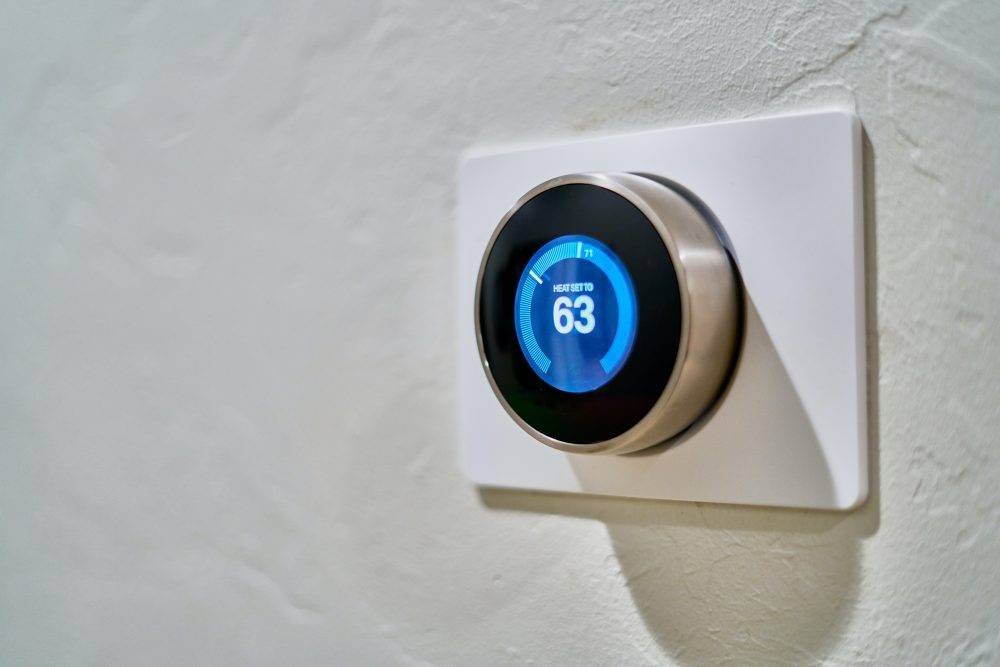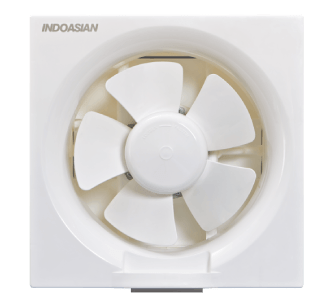Home automation refers to the use of technology to control and monitor various devices and systems in the home. This includes everything from lighting and temperature control to security and entertainment systems. By automating these devices, homeowners can have greater control over their energy usage and, in turn, reduce their overall consumption.
Home automation technology is becoming increasingly commonplace, transitioning your home from the analog age into the new digital world and making your life as easy as possible in the process. In addition to switching energy suppliers, integrating smart solutions in your home can significantly reduce your energy consumption and bills. Home automation is at the heart of limiting energy consumption in this way. It also makes living in your home way more comfortable and convenient.
We, as a society, are becoming more aware of our impact on the environment and the need to reduce our energy consumption. There are many ways to accomplish this, such as using energy-efficient appliances, turning off lights when not in use, and even simply being mindful of our energy usage. However, one of the most effective ways to reduce energy consumption is by implementing home automation.
Why is it important to reduce energy consumption?
Energy consumption is an integral part of protecting budgets in the modern day. After all, when you spend less money on running your home, you have more left to enjoy the finer things and look after yourself and your family. Energy prices are prone to fluctuation, so ensuring that your energy consumption is as minimal as possible can help you balance your budget and ride out price hikes. It also helps you reduce demand for the world’s resources to sustain future generations.
How does home automation help with making your life more convenient
Home automation comes in a range of different formats, with many different utilities in place. At its core, it includes optimizing two of your biggest expenses: your heating and lighting. Home automation enables systems to turn themselves off when they are not in use, such as heating being active only when the home is cold and retaining a consistent temperature.
The same applies to entertainment systems and other technology, all of which can be set to switch on or off at specific times or have their output zoned and adjusted to your family’s usage. Doing so manually can cause you to forget and be inadvertently wasteful, but automation ensures that you make savings wherever and wherever you can.
Some of the key functions that can be controlled through home automation are:
- Heating systems
- Lighting, both internal and external
- Security systems and property safety
- Entertainment systems
- Kitchen Appliances
Other ways of minimizing bills
At the heart of minimizing bills is reducing your consumption of as many utilities as possible, but this is not the only way. Services such as Switch Plan that can help you find a more cost-effective and energy-efficient supplier and tariff are an integral part of maintaining your home and reducing your carbon footprint. Switching to cheaper green suppliers is a significant part of balancing your budgets, and doing so wherever possible is at the heart of preserving your household’s funds, especially when prices are rising.
There are other ways, however, for you to reduce your monthly bills. One important thing to do is make sure all of your light bulbs are LED technology, as they are much more efficient than traditional light bulbs. This will help you reduce your energy bills without changing suppliers. Finally, you can also upgrade your windows to double-glazed windows, as they have much better isolation than single-glazed windows. This increased isolation helps with temperature control, keeping warm (or cool) in your house, and reducing heating/Aircon costs.
Smart Thermostats
One of the most popular and effective ways to implement home automation is through the use of a smart thermostat. These devices use sensors and algorithms to learn your household’s patterns and adjust the temperature accordingly. This means that your heating and cooling system will only run when necessary, which can result in significant energy savings.
Smart Lighting
Another way to reduce energy consumption through home automation is by installing smart lighting. These systems allow you to control your lights remotely, set schedules, and even adjust the brightness and color temperature of your lights. This not only saves energy but can also create a more comfortable and inviting atmosphere in your home.
Energy Monitoring
Many home automation systems also come with energy monitoring features. These tools allow you to track your energy usage in real time and identify areas where you can make improvements. By having this data at your fingertips, you can make informed decisions about your energy usage and take steps to reduce your overall consumption.
Smart Appliances
Smart appliances are another way to reduce energy consumption through home automation. These devices are designed to be more energy-efficient and can even be programmed to run during off-peak hours when energy rates are lower. This can result in significant savings on your energy bills.
The Bottom Line
Home automation is a powerful tool for reducing energy consumption and creating a more sustainable household. By automating your lighting, temperature control, security systems, and appliances, you can have greater control over your energy usage and reduce your overall consumption.
In addition, many home automation systems come with energy monitoring features that can help you identify areas where you can make improvements. Overall, implementing home automation is a smart and effective way to reduce your carbon footprint and save money on your energy bills.


